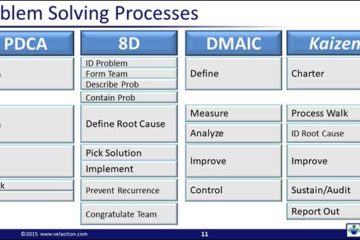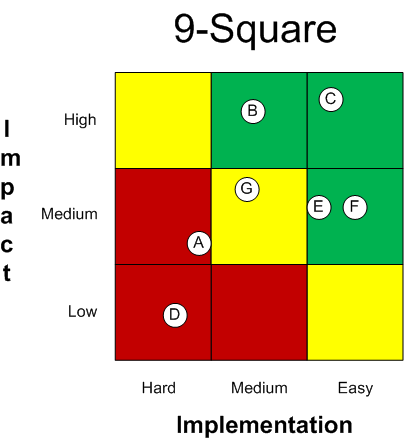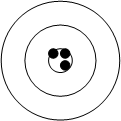8D Problem Solving / 8 Disciplines
The 8D problem solving methodology is similar to the DMAIC approach utilized by Six Sigma. Of note, 8D is a shortened form of the original name, ‘8 Disciplines’. The 8D’s are: Identify the problem Use a team approach/form an 8D team Describe the problem Interim containment Define the Read more…




